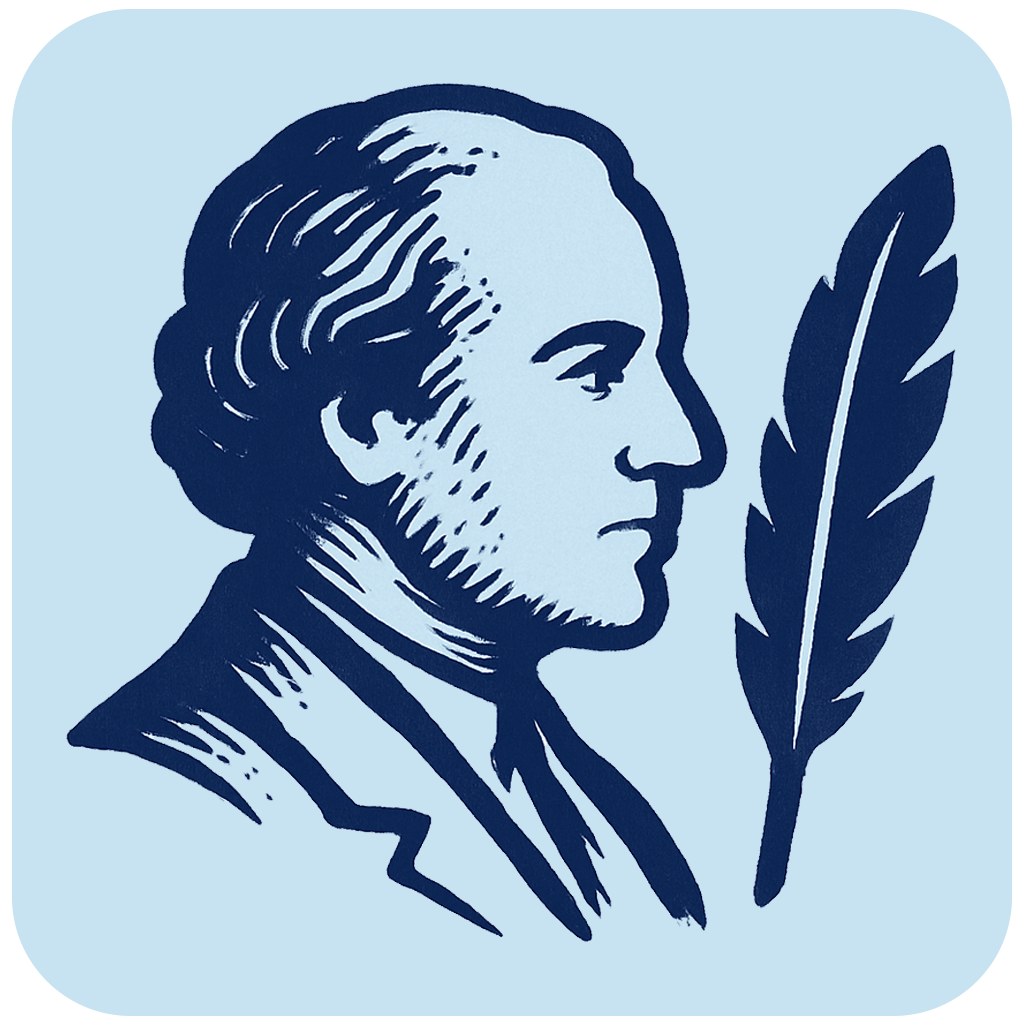Wilhelm Ostwald
Wilhelm Ostwald (1853–1932) was German chemist and philosopher.
Life
Friedrich Wilhelm Ostwald, a Baltic German, was born on 2 September [Old Style 21 August] 1853 in Riga, then in the Russian empire, now in Latvia. He entered the University of Dorpat (now the University of Tartu, Estonia) in 1872. He completed his Kandidatenschrift examinations there in 1875. During his time at Dorpat, Ostwald had significant exposure to the humanities, the arts, and philosophy, which became a focus of his endeavors after his 1906 retirement. He received his magister degree in 1877 and doctorate in 1878.
In 1881 Ostwald became a Professor of Chemistry at the Riga Polytechnicum (now Riga Technical University). In 1887 he moved to Leipzig University where he became Professor of Physical Chemistry and led the Institute for Physical Chemistry until his retirement in 1906. He had several distinguished students including Emanuel Goldberg.
In 1906 he retired from academic life and made contributions to philosophy, art, and politics. He died in Leipzig, Germany, on 4 April 1932.
Contributions related to Documentation
He was one of the founders of physical chemistry and received the Nobel Prize in 1909. He pioneered sabbatical leave by being the first "exchange professor" at Harvard University in 1904 and 1905. In 1906 he retired from academic life and made contributions to philosophy, art, and politics. Here we are concerned only with his contributions to documentation and information science.
Thomas Hapke (1998, p. 145) has written that "... Ostwald can be seen as a predecessor of information science. Ostwald predicted the arrival of the information specialist as a consequence of the growing division of scientific work. ‘Therefore, it is ever more necessary for the news service in science, which has been organized up to now in periodicals, annual reports, and similar literary aids, to be built up in such a way that it will be managed by co-workers who are more skillful because specially trained.’ (Ostwald, 1909, p175 [Hapke's transl.])”
- The structure of research literatures. Ostwald wrote and edited prodigiously with a clear sense of the purpose and roles of different genres, including the reprinting of classic publications.
- International standard paper sizes. in 1911 Ostwald proposed a world format (Weltformat) based on the aspect ratio 1:√2 (approx. 1:1.414) which, when folded in half, retains the same aspect ration. This became, with minor changes the present international standard (ISO 216) including the widely used A4 size.
Die Brücke
Inspired by Paul Otlet and the International Institute for Bibliography and by a proposal by Karl Bührer and Adolf Saager, Ostwald co-founded Die Brücke - Internationales Institut zur Organisierung der geistigen Arbeit (The Bridge - International institute to organize intellectual work) in Munich on June 11, 1911. It was largely funded by Ostwald's Nobel Prize money.
The "Bridge" was intended as a central hub connecting ("bridging") all institutions, organizations, and individuals "working for culture and civilization." It was particularly concerned with standardization of paper sizes and the "monographic principle," a form of hypertext in which individual records of knowledge on card could be added, linked, and updated as a dynamic encyclopedia constituting a world brain.
Publications
Ostwald published more than 500 original research papers for the scientific literature, approximately 45 books and thousands of reviews. For an exhaustive list see Wilhelm Ostwald Gesamtschriftenverzeichnis. Grossbothen : Vorstand der Wilhelm-Ostwald-Gesellschaft, 2002- .
- Walden (1904) provides a list to 1903. [1]
- Energetische Grundlagen der Kulturwissenschaft. [Energetic foundations of sociology.] Leipzig: Klinkhardt. 1909. [2]
- Das Gehirn der Welt. [The world brain.] Munich: Die Brücke, 1912. Also published in Nord und Süd, Jahrgang 1912, Heft 1 (Jan. 1912): 63-66. [3]
- "Scientific management for scientist. 'The Bridge.' The trust idea applied to intellectual production." Scientific American 108, no1 (Jan 4, 1913): 5-6. [4]
- Lebenslinien. Eine Selbstbiographie von Wilhelm Ostwald. Autobiography. Various editions. Translated as Wilhelm Ostwald: The Autobiography. Cham: Springer, 2017.
Honors
- Nobel Prize in chemistry, 1909.
Further Reading
- "Wilhelm Ostwald." Wikipedia [[5]]
- Walden, Paul. Wilhelm Ostwald. Leipzig: W. Engelmann, 1904. In German. Biography and bibliography. [6]
- Hapke, Thomas. "Wilhelm Ostwald, the 'Brücke' (Bridge), and Connections to Other Bibliographic Activities at the Beginning of the Twentieth Century," In: Proceedings of the 1998 Conference on the History and Heritage of Science Information Systems. Ed. by Mary Ellen Bowden, Trudi Bellardo Hahn & Robert V. Williams. Published for the American Society for Information Science and Technology and the Chemical Heritage Foundation by Information Today, Medford, NJ, 1999, pp. 139-47. [[7]]
- Krajewski, Markus. Restlosigkeit. Weltprojekte um 1900. Frankfurt am Main: Fischer Taschenbuch Verlag, 2006. Kap. 2: "Die Einheit der Vielfalt. Wilhelm Ostwalds Welt-Bildungen," pp. 64–140.
- Satoh, Takashi. "The Bridge movement in Munich and Ostwald’s treatise in the organization of knowledge." Libri 37, no 1 (1987): 1-24.
- Lewandrowski, Peter. "Der Kampf Wilhelm Ostwalds um die Schaffung eines einheitlichen Informations- und Dokumentationssystems der Wissenschaft -- "Die Bruecke."" [William Ostwald's campaign to provide a unified information and documentation system for science]. In: Internationales Symposium anlaesslich des 125. Geburtstages von Wilhelm Ostwald. (Sitzungsberichte der Akademie der Wissenschaften der DDR). Jg. 1979, Nr 13/N) Berlin: Akademie-Verlag. Pp.149-156.
- Sachsse, Rolf. "Das Gehirn der Welt: 1912: Die Organisation der Organisationen durch die Bruecke: Ein vergessenes Kapitel mediengeschichte." [The World Brain: 1912: The Organization of Organizations through The Bridge: A Forgotten Chapter of Media History]. Telepolis [e-journal. Dated 19 Nov 1998.].
